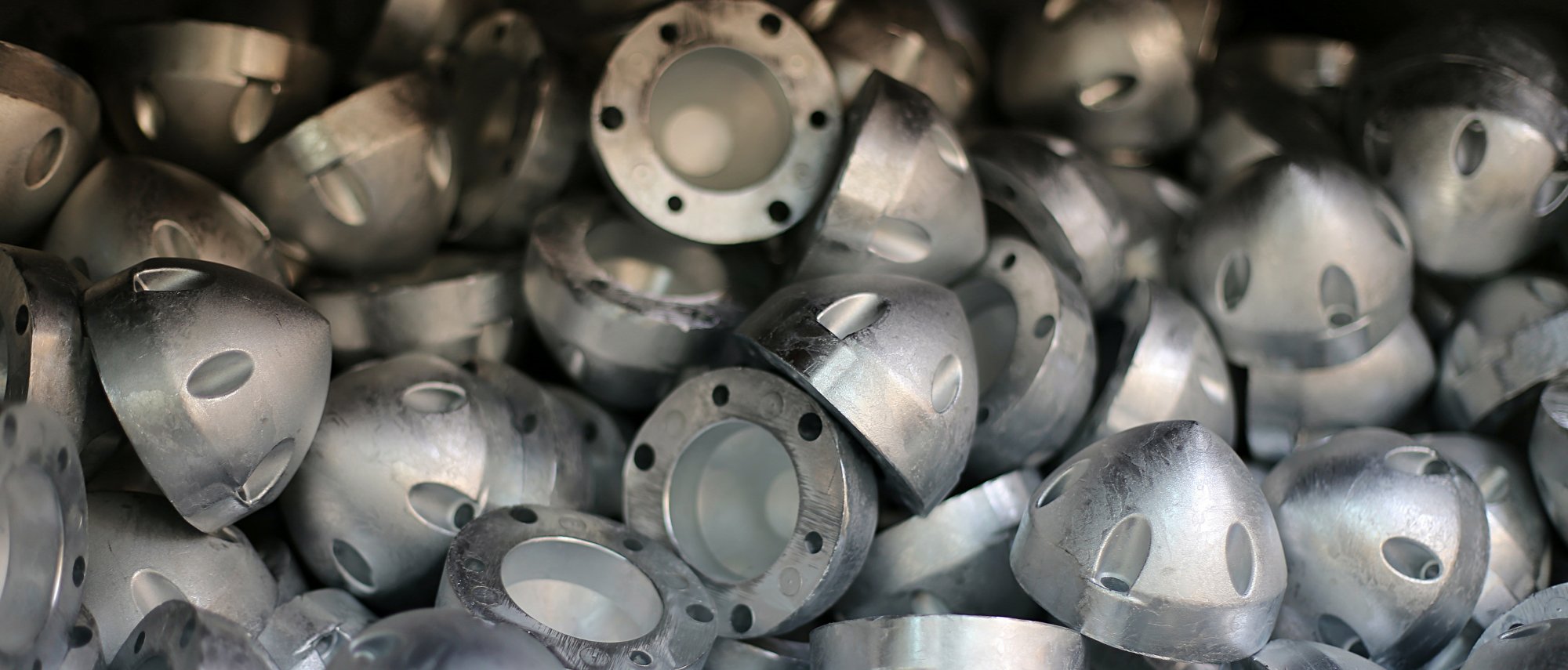
As anticipated in last week's Tecnoseal Answers, dedicated to multihull craft in general, today we focus on catamarans. Since we have already talked about it, we will not repeat the differences compared to single hull boats and the main features, but we will focus on the history and use of this particular type of craft.
Before we begin, I remind you that at the following link you can find a thematic index of all the Tecnoseal Answers released until today.

The first catamarans were developed in 1500 a.c. by the Polynesian populations to navigate between the islands of the Pacific Ocean. Despite the simple design (they were only two canoes tied together) proved to be very functional and were soon adopted by other peoples. For the fifth century, catamarans were widely used by the Tamil of South India, to which we owe their current name (from kattumaram, or trees tied together). Only in the 17th century did catamarans begin to influence Western culture through a project of William Petty (which was however sunk before realization by public skepticism) and a report by the English adventurer William Damper who had visited the regions where the Tamils lived.
The catamarans remained in the shadows until the 19th century when the English Mayflower F. Crisp created the Original, the first two-hulled merchant ship in the West. Shortly thereafter it was imitated by an American (Nathanael Herreshoff), but it was not until 1876 that catamarans gained global fame when the Amaryllis triumphed at the Centennial Regatta of the New York Yacht Club. This led to the ban on using catamarans in regular competitions (prohibition remained active until the 70s). In the following years the West specialized in the production of racing catamarans while Australia was the pioneer of innovation in the sector, developing many large catamarans dedicated to transport. Lastly, note that the Pioneering Spirit, the largest ship in the world in terms of g.t. is based on the design of a catamaran.

The most common and famous type of catamaran is definitely the sailing one, whose superior performance in the sports field has allowed this innovative design to expand even in the West. Two subtypes can be distinguished from sports catamarans. Those used in normal competitions, often equipped with hydrofoils that allow them to rise above the surface of the water, and those made for ocean competitions.
As a consequence of this reputation, many sailing catamarans have also been developed as leisure craft, but beyond the undoubted charm, these boats have to deal with the many disadvantages seen last week (less space, higher cost and more difficulty of management). Surely they are not boats suitable for everyone and require some experience from the crew.

The defects of a leisure sailing catamaran have led to a thriving market of motorized catamarans. In fact, the application of a motor greatly reduces the difficulty of handling, however allowing to sustain high speeds. Moreover, the presence of a second hull, as mentioned last week, often allows to implement auxiliary systems that increase navigation safety. The largest solar ship in the world, the Turanor, is a catamaran.
The high speed shown by powered catamarans soon found fertile ground also in the passenger transport sectors, both in civil terms (ferries and cruise ships) and in military terms (the US Navy has many models inside its own fleet). The characteristics of these boats are basically the same: large dimensions that however do not affect the high speed attainable that allows very rapid transfers.

In addition to the use in the passenger transport sector, powered catamarans have also opened the doors to a series of innovations in the design of this type of ships. Of the SWATH, designed in 1938 and made almost 30 years later, we have already spoken extensively about last week. Another innovation has led to the development of the wave-piercing hulls. Instead of riding a wave, they go through it, achieving even greater speed than a standard catamaran. Since their first design they have been used massively in the field of transport ships where the most common design is the one made famous by the Australian shipyard Incat.
And for the catamarans I think it's all, if you have further doubts, you can contact us through our e-mail or using our social networks. Next week we will take care of their "little brothers": the trimarans.

METSTRADE is the world's largest trade fair for equipment, materials, and systems for recreational....
Our team is ready for the 63rd Genoa International Boat Show from 21 to 26 September.
METSTRADE IS the world’s largest trade exhibition of leisure marine equipment, materials....
For over 30 years Tecnoseal has been present at the Genoa International Boat Show, whose 2022....
Il 2021 ci vede di nuovo presenziare ai principali eventi mondiali dedicati alla nautica e....
NACA family is growing! Tecnoseal is glad to announce that new products have been introduced....
Anche per il 2020 Tecnoseal ha preso parte come espositore al Salone Nautico Internazionale....
Tecnoseal is pleased to announce the arrival of the MY BOAT QR CODE. Born from the union between....


